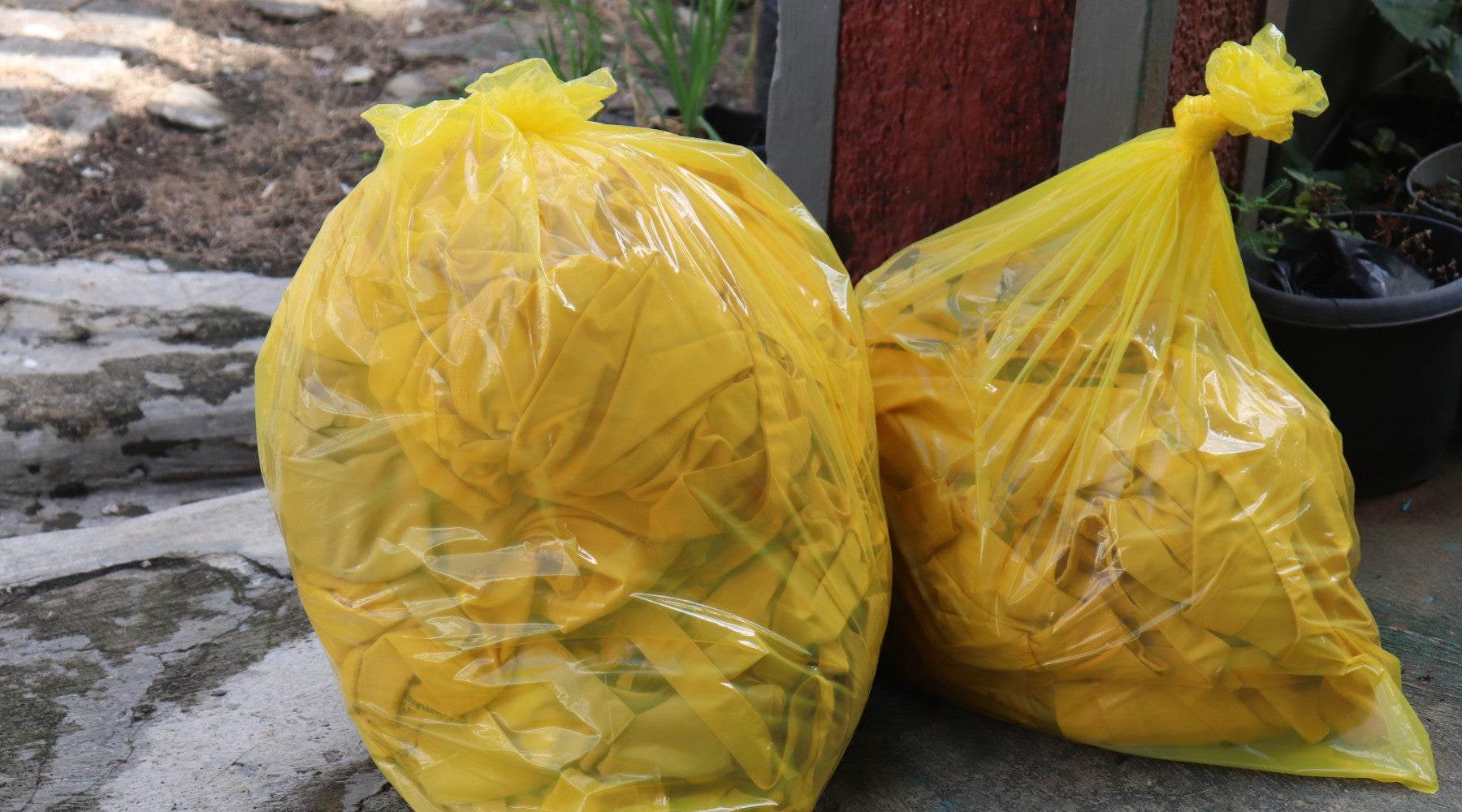
Major sources of medical waste in hospitals and medical centers
Infectious waste includes items that are contaminated with blood or other body fluids that could contain harmful bacteria or viruses. This type of waste can come from patients with infectious diseases, such as Ebola or HIV, or from surgical procedures that involve infection.
Pathological Waste
Pathological waste is tissue or organs that have been removed during a biopsy or surgery. The main sources of medical waste in hospitals and medical centers are infectious and pathological waste. Infectious waste includes items that are contaminated with blood or body fluids. Pathological waste includes tissues, organs, and body parts that have been removed during surgery. Both types of waste can contain harmful bacteria or viruses that can cause infection.
Infectious and pathological waste must be properly disposed of to prevent the spread of infection. Hospitals and medical centers have special procedures for handling this type of waste. Infectious and pathological waste is usually incinerated or autoclaved to kill any harmful bacteria or viruses.
Medical waste can also come from other sources, such as laboratories and dental offices. However, the vast majority of medical waste is generated by hospitals and medical centers.
Chemical, pharmaceutical, and cytotoxic waste
There are four major sources of medical waste in hospitals and medical centers: chemical, pharmaceutical, radioactive, and cytotoxic waste.
Chemical waste is generated from cleaning supplies, disinfectants, and other chemicals used in the hospital. Pharmaceutical waste includes expired or unused medications. Radioactive waste is generated from medical procedures that use radioactive materials. Cytotoxic waste is generated from chemotherapy drugs.
Hospitals and medical centers must carefully manage all types of medical waste to protect patients, staff, and the environment. Improper disposal of medical waste can lead to serious health consequences.
Nonhazardous or general waste
Nonhazardous or general waste accounts for about 60 – 80% of the total waste generated in healthcare facilities. It includes all the waste that is not classified as hazardous under the regulations.
Nonhazardous or general waste from medical facilities make up a large percentage of the overall medical waste stream. This waste includes items such as soiled linens and uneaten food from patients' meals. While this type of waste is not considered hazardous, it can still pose a risk to public health if it is not properly disposed of.
One of the best ways to reduce the amount of nonhazardous medical waste generated by a facility is to implement proper infection control practices. This includes using disposable items whenever possible, such as gloves and face masks. It also means disinfecting all surfaces regularly and safe disposal.
Overall, there are three major sources of medical waste: nonhazardous or general waste, hazardous waste, and radioactive materials. Each type of medical waste must be managed carefully to protect people and the environment.
See Table Below
|
Location |
Infectious and pathological waste |
Chemical, pharmaceutical, and cytotoxic waste |
Nonhazardous or general waste |
|
|
Medical ward |
Hypodermic needles, intravenous set needles, broken vials, and ampoules |
Dressings, bandages, gauze, and cotton contaminated with blood or body fluids; gloves and masks contaminated with blood or body fluids |
Broken thermometers and blood-pressure gauges, spilt medicines, spent disinfectants |
Packaging, food scraps, paper, flowers, empty saline bottles, nonbloody diapers, nonbloody intravenous tubing and bags |
|
Operating theater |
Needles, intravenous sets, scalpels, blades, saws |
Blood and other body fluids; suction canisters; gowns, gloves, masks, gauze and other waste contaminated with blood and body fluids; tissues, organs, fetuses, body parts |
Spent disinfectants |
Packaging; uncontaminated gowns, gloves, masks, hats, and shoe covers |
|
Laboratory |
Needles, broken glass, Petri dishes, slides and cover slips, broken pipettes |
Blood and body fluids, microbiological cultures and stocks, tissue, infected animal carcasses, tubes and containers contaminated with blood or body fluids |
Fixatives; formalin; xylene, toluene, methanol, methylene chloride, and other solvents; broken lab thermometers |
Packaging, paper, plastic containers |
|
Pharmacy store |
Expired drugs, spilt drugs |
Packaging, paper, empty containers |
||
|
Radiology |
Silver, fixing and developing solutions; acetic acid; glutaraldehyde |
Packaging, paper |
||
|
Chemotherapy |
Needles and syringes |
Bulk chemotherapeutic waste; vials, gloves, and other material contaminated with cytotoxic agents; contaminated excreta and urine |
Packaging, paper |
|
|
Vaccination campaigns |
Needles and syringes |
Bulk vaccine waste, vials, gloves |
Packaging |
|
|
Environmental services |
Broken glass |
Disinfectants (glutaraldehyde, phenols, etc.), cleaners, spilt mercury, pesticides |
Packaging, flowers, newspapers, magazines, cardboard, plastic and glass containers, yard and plant waste |
|
|
Engineering |
Cleaning solvents, oils, lubricants, thinners, asbestos, broken mercury devices, batteries |
Packaging, construction or demolition waste, wood, metal |
||
|
Food services |
Food scraps; plastic, metal, and glass containers; packaging |
|||
Conclusion
One of the major sources of medical waste in hospitals and medical centers is from unneeded or expired medications. It is estimated that 20-50% of all medications prescribed in South Africa are never taken by patients, and often times these medications are flushed down the toilet or thrown away. While many hospitals have programs in place to recycle or donate unused medications, a significant amount of waste is still generated each year.
Another major source of medical waste in hospitals comes from surgical procedures. Every year, thousands of surgeries are performed in South Africa, and each one generates a lot of waste. This includes things like bandages, gauze, gloves, and other disposable items used during the procedure. While some of this waste can be recycled or incinerated, a large portion still ends up in landfills.
Other sources of medical waste include IV bags and tubing, blood bags, syringes, and other sharp objects. These items are often disposed of in special sharps containers which are then sent to incinerators. However, even with these precautions, a significant amount of medical waste still ends up in our landfills each year.

Leave a comment